Free Shipping to the Contiguous United States
The Vineyard Team and PG&E Barn Owl Nest Box Program
Pacific Gas and Electric Company (PG&E) Teams with the Vineyard Team to Provide Owl Nest Boxes to Vintners
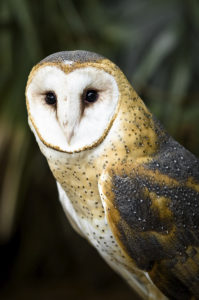
Vintners in the Paso Robles, San Luis Obispo, and Monterey wine making regions have been using barn owls for rodent control for decades. Take a drive anywhere around wine country and you will see numerous boxes installed on poles and posts for attracting these large, voracious rodent predators. Over time, some of these boxes were inadvertently installed in the vicinity of power lines since so many vineyards border roads and rights of way.
This has caused problems for both barn owls and the utility company. When located too near the lines, chances are greater that barn owl mortalities can occur from the high voltage. Owls have even been known to attempt to nest inside transformers. In both cases, expensive and time consuming power outages can result.
In a joint effort that benefits the growers, the owls, and the utility company, PG&E and the Vineyard Team of the central coast of California have been collaborating for the past three years in efforts to relocate nest boxes a safer distance from these hazards. The Owl Safety Program provides nest boxes free of charge to members of the Vineyard Team and provides growers with practical information from owl researchers on where to locate nest boxes, and proven methods for attracting and maintaining barn owls.
“We’re trying to educate customers and get the word out that utility poles are not the appropriate place to install nest boxes.” said Mike Best, PG&E’s Avian Protection Plan Program Manager. This year, a $10,000 charitable grant from Pacific Gas and Electric Company will help grape growers in the Central Coast maintain sustainable pest control and also keep birds safe around power lines.
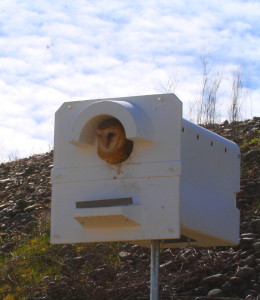
The Barn Owl Box Company will be supplying its specially designed, molded plastic barn owl boxes to the project this year. Barn owls, at 12 to 14 inches high, need large cavities to nest in. Since these can be scarce, owls bent on raising young have been known to nest in feed hoppers, deer blinds, old barrels left on the ground, crevices in lava beds, holes in riverbanks, dead palm fronds, cisterns, and even a hundred feet deep in abandoned mines. Some of these locations may not result in successful nesting, so the installation of nest boxes is an excellent conservation move and provides an efficient rodent control method for vintners.
Mark Browning, founder of the Barn Owl Box Company and long-time barn owl researcher, will address the Vineyard Team members at Scheid Vineyards in Greenfield, California on February 18th. His presentation will detail his research on how barn owls can significantly reduce rodent populations on vineyards.
The Owl Safety Program is now in its third year. Anne Jackson, Senior Environmental Program Manager with PG&E’s Environmental Policy Department, says that the program has been so successful that they are looking to expand its reach to benefit more customers.
“It’s a great opportunity to educate growers about the use and proper placement of owl boxes as a sustainable farming practice. The program is receiving a lot of positive feedback and growers from all over are contacting us with interest in expanding it to their community,” said Anne Jackson.
“This program is a great example of how our community partnerships and investments can help address the needs of our customers while also supporting our business objectives.” added Diane Ross-Leech, Environmental Policy Director for PG&E. For more information, visit PG&E’s habitat conservation and land stewardship programs page.
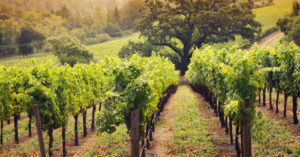
“This kind of enlightened collaboration shows what can be done when business and non-profit organizations work together toward common goals,” said Browning. “I am delighted that establishing strong and healthy populations of barn owls is being given such emphasis. Using barn owls instead of poisons is a win-win situation for the growers, the owls, and all of the indigenous wildlife that lives on the vineyards.”
The Vineyard Team is a non-profit organization dedicated to promoting sustainable 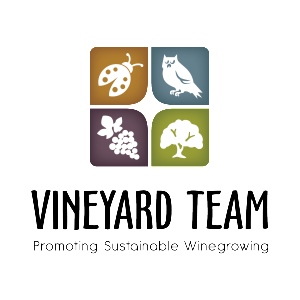 viticulture practices on the Central Coast of California since 1994. Visit the Vineyard Team Website.
viticulture practices on the Central Coast of California since 1994. Visit the Vineyard Team Website.

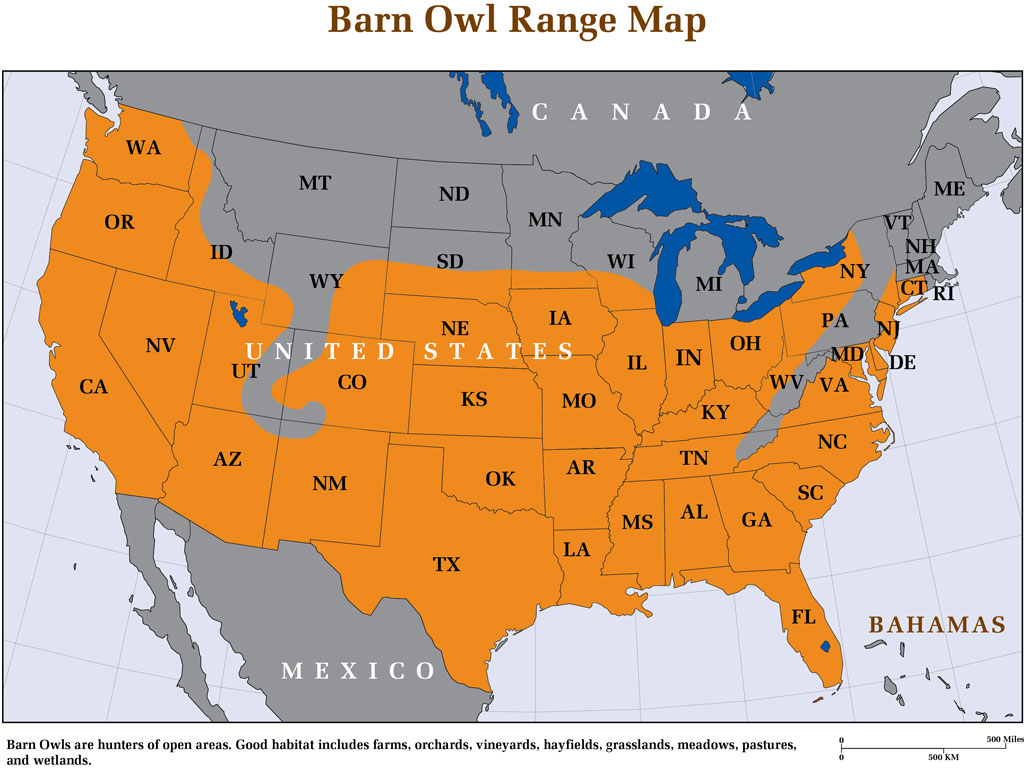
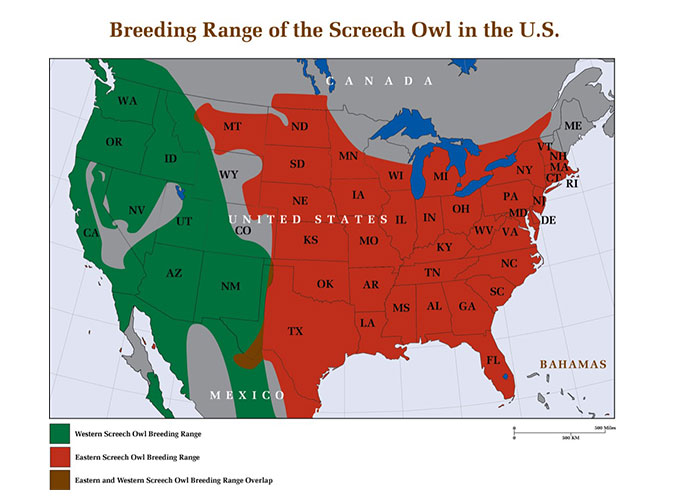

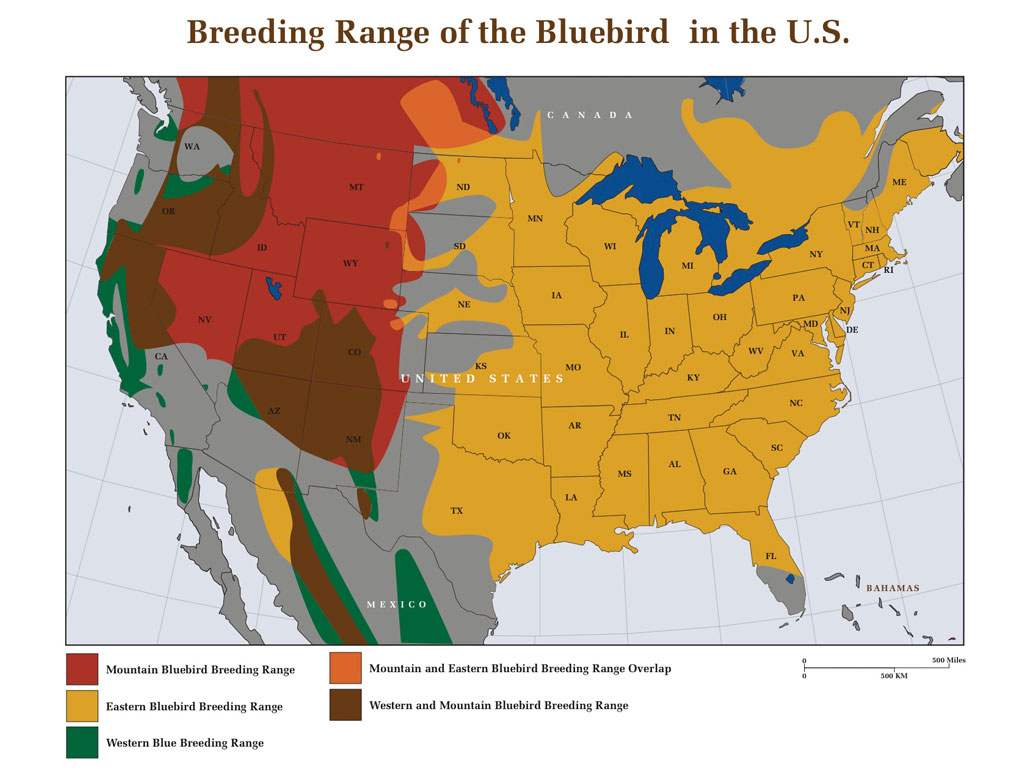



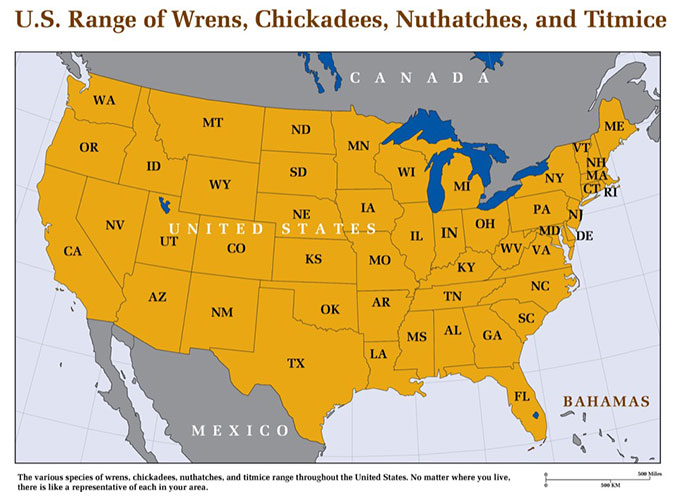
Looking forward to seeing all of my customers at this event!! You will really enjoy listening to Mark Browning speak, he knows his stuff! We’ll be there to answer all of your questions and explain the science behind our nesting box. It is truly the best nesting box on the market, bar none! See you all there!
Glenn
http://staging.barnowlbox.com/natures-remedy-barn-owl-box-distributor-on-the-central-coast-of-california/